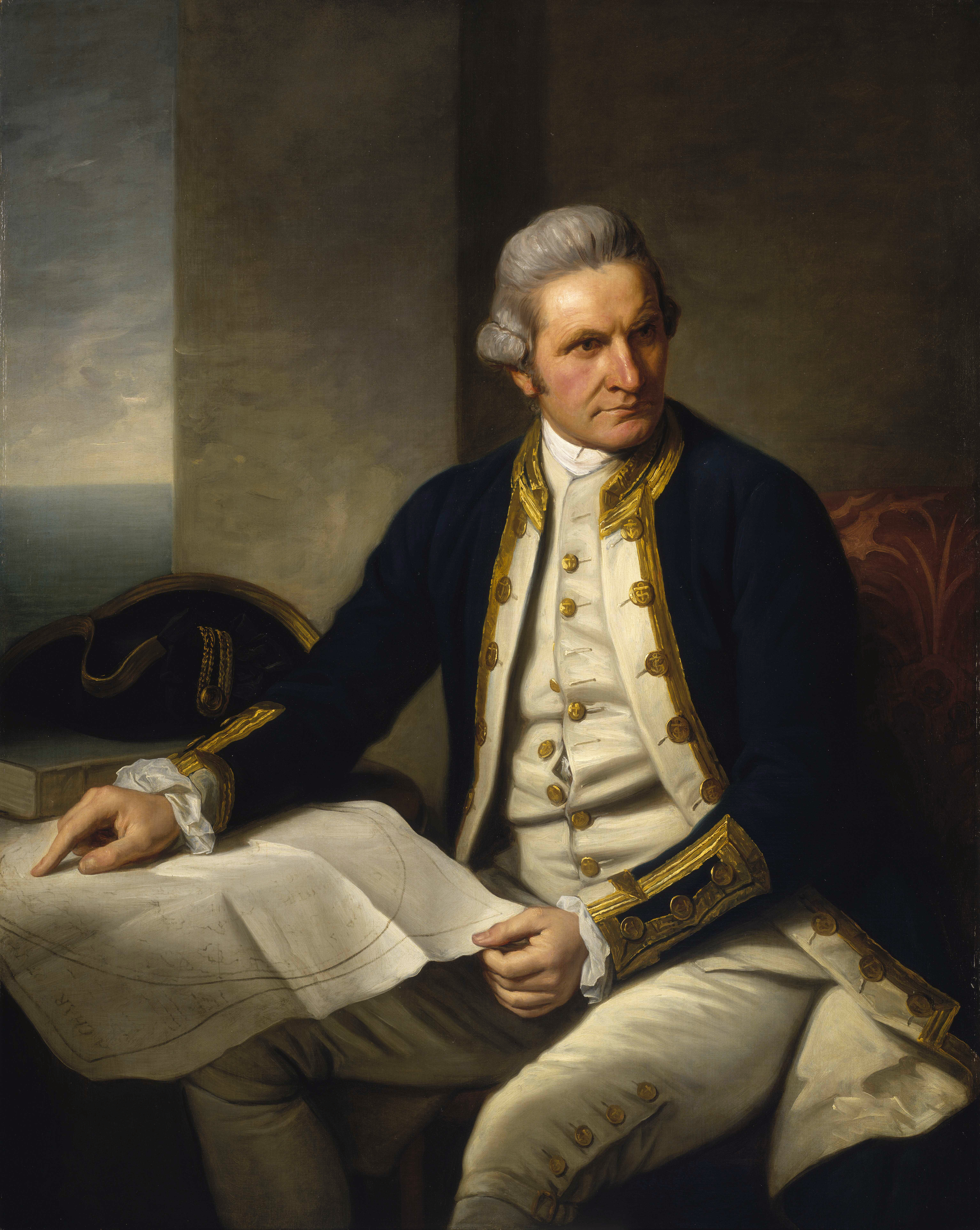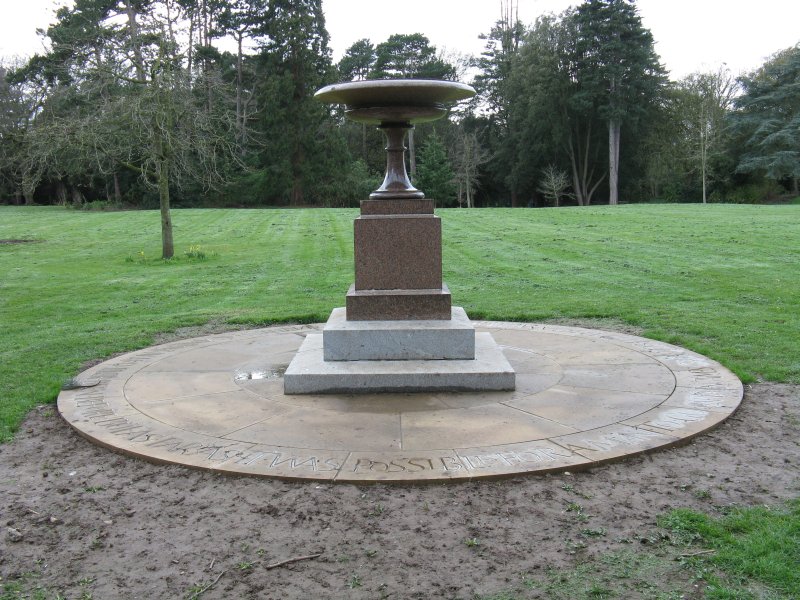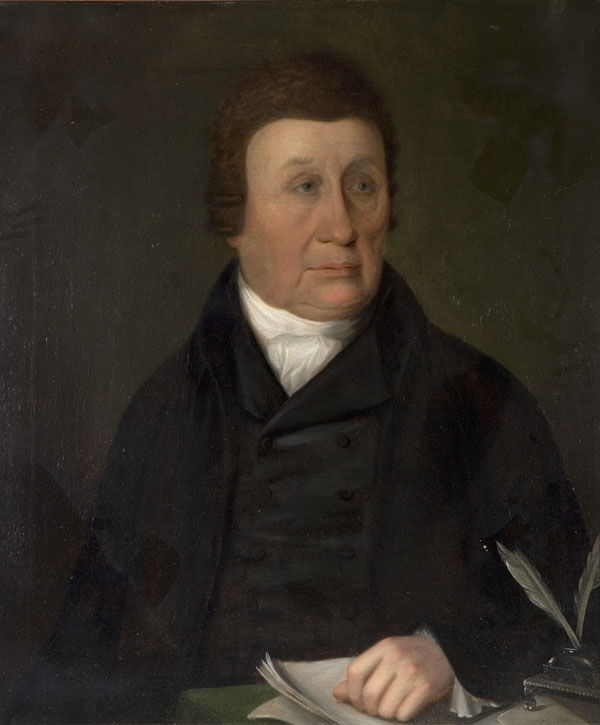|
Marton, Middlesbrough
Marton or Marton-in-Cleveland is an area of Middlesbrough, North Yorkshire, England. Until the 1950s, it was a small village next to the hamlet of Tollesby in Yorkshire's North Riding. The Marton parish originally stretched north to the River Tees, however with the expansion of Middlesbrough, the parish became progressively smaller, ultimately becoming a suburb of south Middlesbrough. Attractions include Stewart Park Middlesbrough, Stewart Park, a large public park given by a former councillor, Dormund Stewart, to the people of Middlesbrough in 1928. At the 2011 census, the Marton Ward (Marton East since 2015) had a population of 4,728 while Marton West Ward had a population of 5,305. James Cook The explorer, cartographer and navigator, Captain (Royal Navy), Captain James Cook was born to James and Grace Cook, in a clay-built cottage in the village of Marton in 1728, and he lived for a short time in the village, until the family moved to Great Ayton.''The Captain Cook Encycl ... [...More Info...] [...Related Items...] OR: [Wikipedia] [Google] [Baidu] |
Middlesbrough (borough)
The Borough of Middlesbrough is a Local authority district, district in the ceremonial county of North Yorkshire, England. It is part of the Tees Valley region, along with the boroughs of Borough of Stockton-on-Tees, Stockton-on-Tees, Redcar and Cleveland, borough of Hartlepool, Hartlepool and borough of Darlington, Darlington. The district covers the town of Middlesbrough, Nunthorpe civil parish and Stainton and Thornton civil parish. Since its creation in 1974, it has had Borough status in the United Kingdom, borough status and the governing Middlesbrough Council became a Unitary authorities of England, unitary authority in 1996. History The borough was preceded by the County Borough of Teesside in the North Riding of Yorkshire, having previously been an independent Boroughs incorporated in England and Wales 1835–1882, municipal borough from 1856 to 1968. The current borough boundaries were formed on 1 April 1974, by the creation of a new non-metropolitan district of the ne ... [...More Info...] [...Related Items...] OR: [Wikipedia] [Google] [Baidu] |
Manor House
A manor house was historically the main residence of the lord of the manor. The house formed the administrative centre of a manor in the European feudal system; within its great hall were usually held the lord's manorial courts, communal meals with manorial tenants and great banquets. The term is today loosely (though erroneously) applied to various English country houses, mostly at the smaller end of the spectrum, sometimes dating from the Late Middle Ages, which currently or formerly house the landed gentry. Manor houses were sometimes fortified, albeit not as fortified as castles, but this was often more for show than for defence. They existed in most European countries where feudalism was present. Function The lord of the manor may have held several properties within a county or, for example in the case of a feudal baron, spread across a kingdom, which he occupied only on occasional visits. Even so, the business of the manor was directed and controlled by regular mano ... [...More Info...] [...Related Items...] OR: [Wikipedia] [Google] [Baidu] |
Captain Cook Birthplace Museum
Captain Cook Birthplace Museum is a public museum located in Stewart Park in Marton, Middlesbrough within the borough of Middlesbrough and the ceremonial county of North Yorkshire, England. It is one of two institutions managed by Middlesbrough Council, along with the Dorman Museum. The museum opened on 28 October 1978, the 250th anniversary of the birth in the same spot of British naval explorer and circumnavigator Captain James Cook. It is a biographical museum that surveys Cook's life and journeys. ] Prior to the museum's establishment, there was a granite urn in Stewart Park commemorating the grounds of Marton Hall, Cook's residence. The urn was erected in the 1850s by local industrialist and mayor Henry Bolckow. Marton Hall was destroyed by fire in 1960 during demolition, with only a stone loggia surviving. The museum itself comprises some of the modest Cook-related collections outside of the ownership of the major national and international collections, inclu ... [...More Info...] [...Related Items...] OR: [Wikipedia] [Google] [Baidu] |
Henry William Ferdinand Bolckow
Henry William Ferdinand Bolckow, originally Heinrich Wilhelm Ferdinand Bölckow, (8 December 1806 – 18 June 1878) was a Victorian industrialist and Member of Parliament, acknowledged as being one of the founders of modern Middlesbrough. In a lifelong partnership with John Vaughan, Bolckow set up and ran an ironmaking business which became the company Bolckow Vaughan. It came to operate coal mines, limestone quarries and a major ironworks which stimulated the growth of Middlesbrough. Bolckow became the town's Mayor and its first Member of Parliament. Biography Early life Heinrich Bölckow, the son of Heinrich Bölckow of Varchow, in the region of Western Pomerania, and his wife, Caroline Duscher, was born at Sülten in the Duchy of Mecklenburg-Schwerin. When he was fifteen his parents placed him in a merchant's office in nearby Rostock, to learn about commerce, and there he made the acquaintance of Christian Allhusen, who in 1827 invited him to move to Newcastle upon Tyne t ... [...More Info...] [...Related Items...] OR: [Wikipedia] [Google] [Baidu] |
Ironmaster
An ironmaster is the manager, and usually owner, of a forge or blast furnace for the processing of iron. It is a term mainly associated with the period of the Industrial Revolution, especially in Great Britain. The ironmaster was usually a large-scale entrepreneur and thus an important member of a community. He would have a large country house or mansion as his residence. The organization of operations surrounding the smelting, refining, and casting of iron was labour-intensive, and so there would be numerous workers reliant on the furnace works. There were ironmasters (possibly not called such) from the 17th century onward, but they became more prominent with the great expansion in the British iron industry during the Industrial Revolution. 17th-century ironmasters (examples) An early ironmaster was John Winter (Royalist), John Winter (about 1600–1676) who owned substantial holdings in the Forest of Dean. During the English Civil War he cast cannons for Charles I of England, ... [...More Info...] [...Related Items...] OR: [Wikipedia] [Google] [Baidu] |
Old Norse
Old Norse, also referred to as Old Nordic or Old Scandinavian, was a stage of development of North Germanic languages, North Germanic dialects before their final divergence into separate Nordic languages. Old Norse was spoken by inhabitants of Scandinavia and their Viking expansion, overseas settlements and chronologically coincides with the Viking Age, the Christianization of Scandinavia, and the consolidation of Scandinavian kingdoms from about the 8th to the 15th centuries. The Proto-Norse language developed into Old Norse by the 8th century, and Old Norse began to develop into the modern North Germanic languages in the mid- to late 14th century, ending the language phase known as Old Norse. These dates, however, are not precise, since written Old Norse is found well into the 15th century. Old Norse was divided into three dialects: Old West Norse (Old West Nordic, often referred to as ''Old Norse''), Old East Norse (Old East Nordic), and Old Gutnish. Old West Norse and O ... [...More Info...] [...Related Items...] OR: [Wikipedia] [Google] [Baidu] |
Old English
Old English ( or , or ), or Anglo-Saxon, is the earliest recorded form of the English language, spoken in England and southern and eastern Scotland in the Early Middle Ages. It developed from the languages brought to Great Britain by Anglo-Saxon settlers in the mid-5th century, and the first Old English literature dates from the mid-7th century. After the Norman Conquest of 1066, English was replaced for several centuries by Anglo-Norman language, Anglo-Norman (a langues d'oïl, type of French) as the language of the upper classes. This is regarded as marking the end of the Old English era, since during the subsequent period the English language was heavily influenced by Anglo-Norman, developing into what is now known as Middle English in England and Early Scots in Scotland. Old English developed from a set of Anglo-Frisian or Ingvaeonic dialects originally spoken by Germanic tribes traditionally known as the Angles (tribe), Angles, Saxons and Jutes. As the Germanic settlers ... [...More Info...] [...Related Items...] OR: [Wikipedia] [Google] [Baidu] |
Marton, New Zealand
Marton () is a town in the Rangitikei District, Rangitikei district of the Manawatū-Whanganui region of New Zealand's North Island. It is situated 35 kilometres southeast of Whanganui and 40 kilometres northwest of Palmerston North. Ngāti Apa are tangata whenua for the Marton area. The town of Marton is the largest in the Rangitikei district, and began life as a private township in 1866, when shop and housing sections were sold at auction by local landowners. The town had residents as of Marton has always been a service town for the fertile farming lands of the lower Rangitikei Rivers flood plains. Butter, wool, and flour have been among its agricultural products. The arrival of the railway in 1878 led to rapid growth in the area, which soon added industries such as engineering, sawmilling, and textile production to its economy. History For three years the small village was known as Tutaenui, named after the stream running through its centre. In 1869 local citizens chan ... [...More Info...] [...Related Items...] OR: [Wikipedia] [Google] [Baidu] |
Endeavour River
The Endeavour River ( Guugu Yimithirr: ''Wabalumbaal''), inclusive of the Endeavour River Right Branch, the Endeavour River South Branch, and the Endeavour River North Branch, is a river system located on Cape York Peninsula in Far North Queensland, Australia. Course and features The river system comprises three branches that are sourced by runoff from the Henderson and Audaer Ranges. The river flows generally east from the Great Dividing Range to the Coral Sea. The Right Branch of the river rises northwest of at an elevation of and flows generally south by east for before reaching its confluence to join with the Endeavour River northwest of , and west of the river mouth. The South Branch of the river rises near Alderbury at an elevation of and flows generally east for before forming confluence with the North Branch to form the Endeavour River. The North Branch of the river rises below Honeysuckle Flat at an elevation of and flows generally west and then south for before ... [...More Info...] [...Related Items...] OR: [Wikipedia] [Google] [Baidu] |
Cooktown
Cooktown is a coastal town and locality in the Shire of Cook, Queensland, Australia. Cooktown is at the mouth of the Endeavour River, on Cape York Peninsula in Far North Queensland where James Cook beached his ship, the '' Endeavour'', for repairs in 1770. Both the town and Mount Cook (431 metres or 1,415 feet) which rises up behind the town were named after James Cook. Cooktown is one of the few large towns in the Cape York Peninsula and was founded on 25 October 1873 as a supply port for the goldfields along the Palmer River.Pike (1979), p. 23.Holthouse, Hector (1967). ''River of Gold: The Wild Days of the Palmer River Gold Rush''. Angus & Robertson. Reprint 2002. HarperCollins ''Publishers'', Australia. ; pp. 27–28. It was called "Cook's Town" until 1 June 1874.Pike (1979), p. 26. In the , the locality of Cooktown had a population of 2,746 people. Geography Cooktown is located about north of Brisbane and north of Cairns, by road. Cooktown is about south of Ca ... [...More Info...] [...Related Items...] OR: [Wikipedia] [Google] [Baidu] |
Queensland
Queensland ( , commonly abbreviated as Qld) is a States and territories of Australia, state in northeastern Australia, and is the second-largest and third-most populous state in Australia. It is bordered by the Northern Territory, South Australia and New South Wales to the west, south-west and south, respectively. To the east, Queensland is bordered by the Coral Sea and the Pacific Ocean; to the state's north is the Torres Strait, separating the Australian mainland from Papua New Guinea, and the Gulf of Carpentaria to the north-west. With an area of , Queensland is the world's List of country subdivisions by area, sixth-largest subnational entity; it List of countries and dependencies by area, is larger than all but 16 countries. Due to its size, Queensland's geographical features and climates are diverse, and include tropical rainforests, rivers, coral reefs, mountain ranges and white sandy beaches in its Tropical climate, tropical and Humid subtropical climate, sub-tropical c ... [...More Info...] [...Related Items...] OR: [Wikipedia] [Google] [Baidu] |
Marton, Queensland
Marton is a town in the Shire of Cook, Queensland Queensland ( , commonly abbreviated as Qld) is a States and territories of Australia, state in northeastern Australia, and is the second-largest and third-most populous state in Australia. It is bordered by the Northern Territory, South Austr ..., Australia. The town is within the locality of Cooktown. References Towns in Queensland Cooktown, Queensland {{queensland-geo-stub ... [...More Info...] [...Related Items...] OR: [Wikipedia] [Google] [Baidu] |










